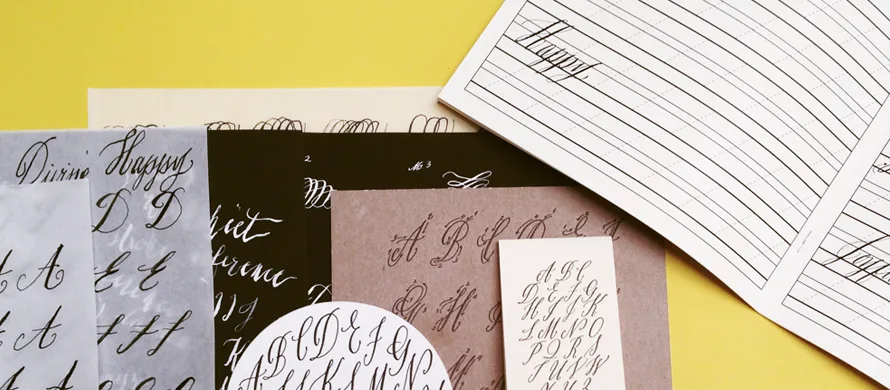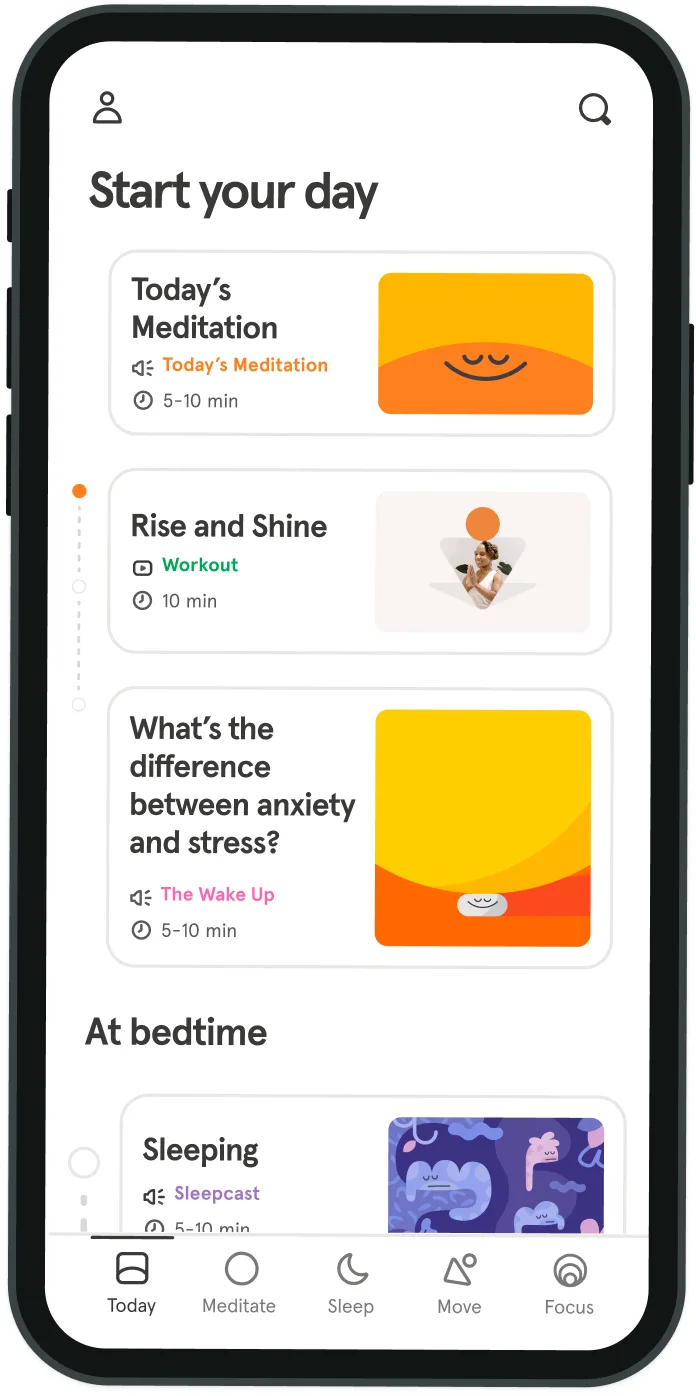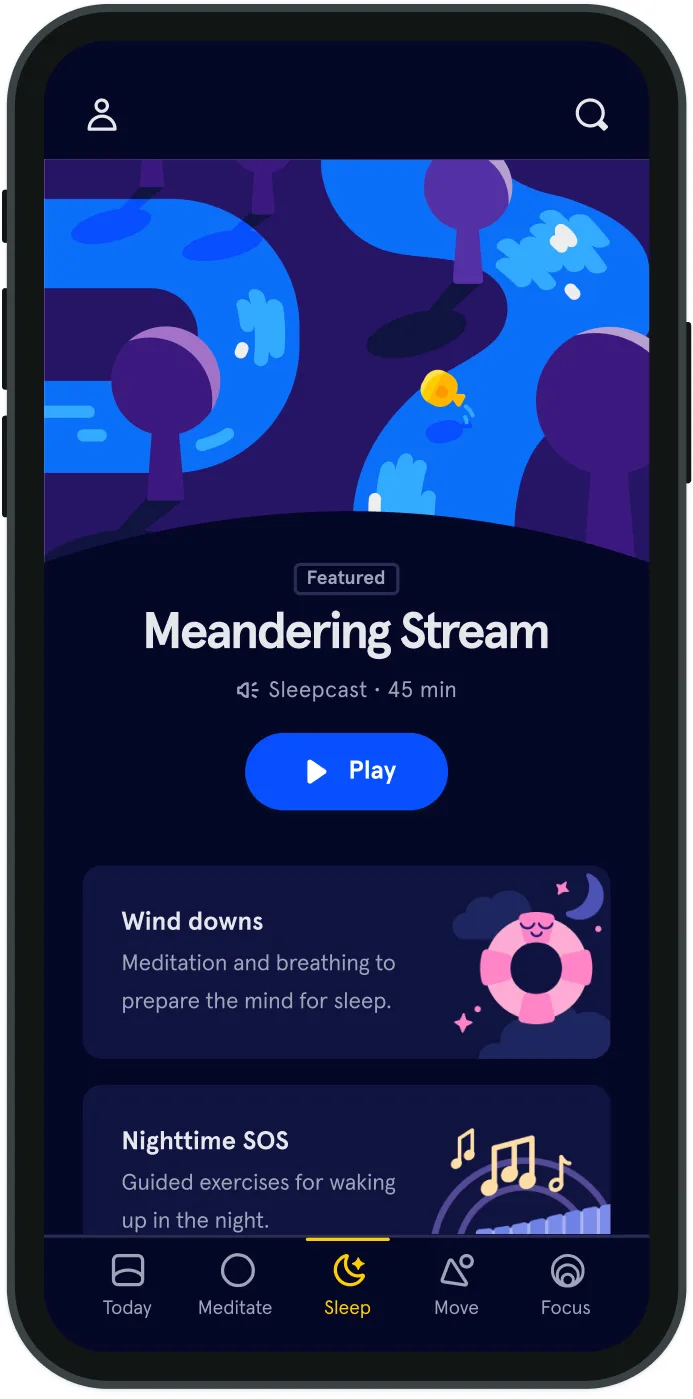Does writing by hand sharpen your creativity
The earliest forms of writing date from approximately 6,000 years ago. Throughout our history, written communication has played a central role in the dissemination of culture and concepts. Our social brain has fine-tuned this motor skill to be much more than a simple hand gesture. Yet in the past two decades, we’ve seen a tremendous shift in our classrooms from the pen-and-paper to digital. Technology has certainly paved the way for education to reach the farthest corners of the globe, but as we relegate cursive handwriting to the first few years of schooling, are we losing anything?
The earliest forms of writing date from approximately 6,000 years ago. Throughout our history, written communication has played a central role in the dissemination of culture and concepts. Our social brain has fine-tuned this motor skill to be much more than a simple hand gesture. Yet in the past two decades, we’ve seen a tremendous shift in our classrooms from the pen-and-paper to digital. Technology has certainly paved the way for education to reach the farthest corners of the globe, but as we relegate cursive handwriting to the first few years of schooling, are we losing anything?
Calm and Creative
For all the cognitive benefits of writing, there is something deeply meditative and artistic that has driven art forms involving handwriting across cultures. For instance, calligraphy, a personal favorite, is far more about getting in the zone with a repetitive gesture than it is about delivering a specific message quickly. In fact, cursive writing seems to activate a separate brain network altogether. Like doodling, coloring or Zentangle, these creative pursuits put the mind at ease and spark creativity. What neuroplasticity has taught us, is that it is never too late to learn (or relearn) a skill. These diversions are relatively simple to implement in everyday life; allowing the mind to wander a bit, or rest on a repetitive task-at-hand, only require minutes of our day. Perhaps the greatest thing about handwriting is that the very act of doing it forces you to focus on what’s important. It is, in essence, a moment of mindfulness.
The Handwriting Brain
Recent neuroscientific research has uncovered a distinct neural pathway that is only activated when we physically draw out our letters. And this pathway, etched deep with practice, is linked to our overall success in learning and memory. A lot of what we understand today about writing and the brain comes from studies on people who suffered a brain injury or disease. For instance, ‘writer’s cramp’ is a type of task-specific focal hand dystonia, in which patients lose the ability to write with their dominant hand, while still being able to perform other motor tasks with the dominant hand (ie: shaving) and write with another limb (ie: the non-dominant hand). This type of disorder tells us that there is something special about handwriting in the brain that is distinct from other motor movements. In fact, a recent meta-analysis of neuroimaging studies revealed an extensive network of primarily left-hemisphere brain areas specifically involved in writing tasks (including finger writing and imagined writing).
Imaging studies on children now reveal how critical handwriting can be to the general learning process. In 2012, a study on pre-literate children found that when kids practiced handwriting letters freeform - rather than tracing or typing them out - they activated the brain’s reading circuit. This means that reading letters is influenced by drawing out the letters, not by typing or tracing them. And the better we write, the better we read. Handwriting quality is also linked to enhanced writing skills and reading. This neural link underlies how the brain processes sounds and can boost learning and memory of language. So take note: handwriting (not typing) your notes can enhance your memory of the lecture and may give you that edge when needed.

The better we write, the better we read. Handwriting quality is also linked to enhanced writing skills and reading.
Dr. Claudia Aguirre
The better we write, the better we read. Handwriting quality is also linked to enhanced writing skills and reading.
Dr. Claudia Aguirre


Be kind to your mind
- Access the full library of 500+ meditations on everything from stress, to resilience, to compassion
- Put your mind to bed with sleep sounds, music, and wind-down exercises
- Make mindfulness a part of your daily routine with tension-releasing workouts, relaxing yoga, Focus music playlists, and more
Meditation and mindfulness for any mind, any mood, any goal

Stay in the loop
Be the first to get updates on our latest content, special offers, and new features.
By signing up, you’re agreeing to receive marketing emails from Headspace. You can unsubscribe at any time. For more details, check out our Privacy Policy.
- © 2025 Headspace Inc.
- Terms & conditions
- Privacy policy
- Consumer Health Data
- Your privacy choices
- CA Privacy Notice
